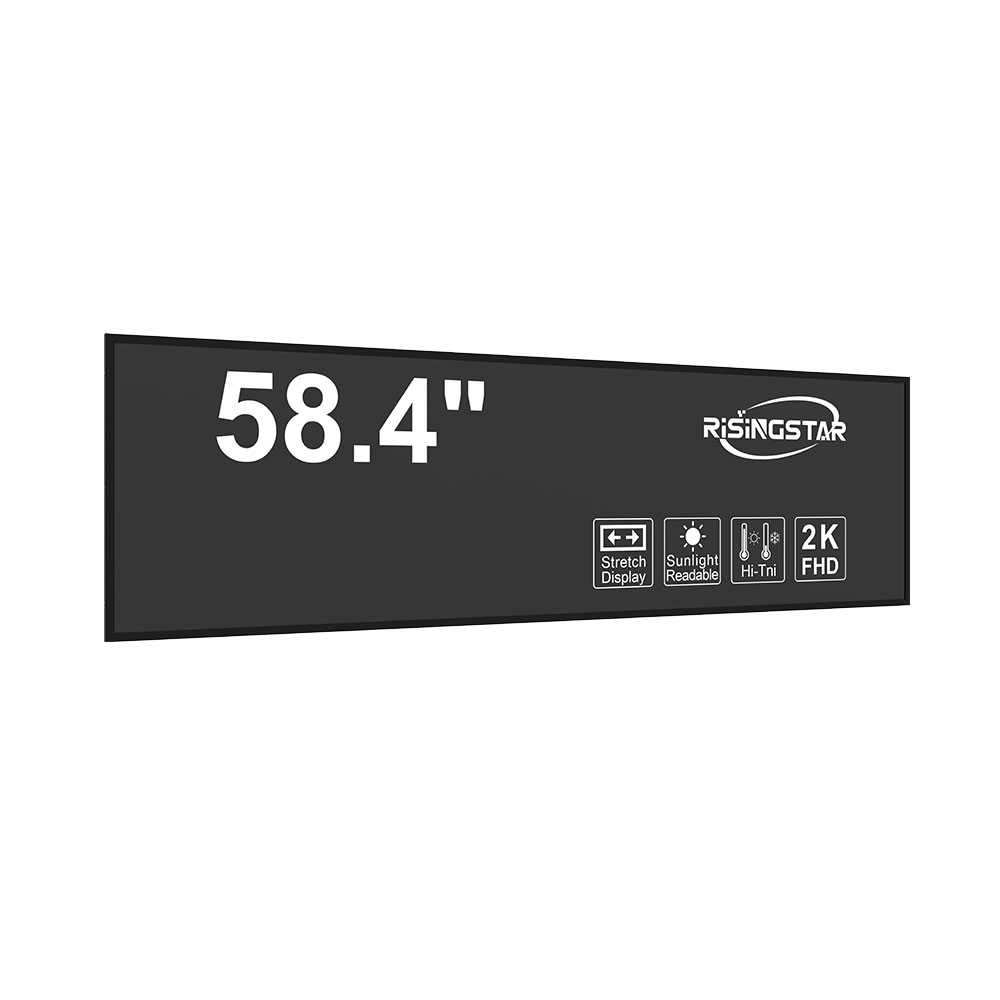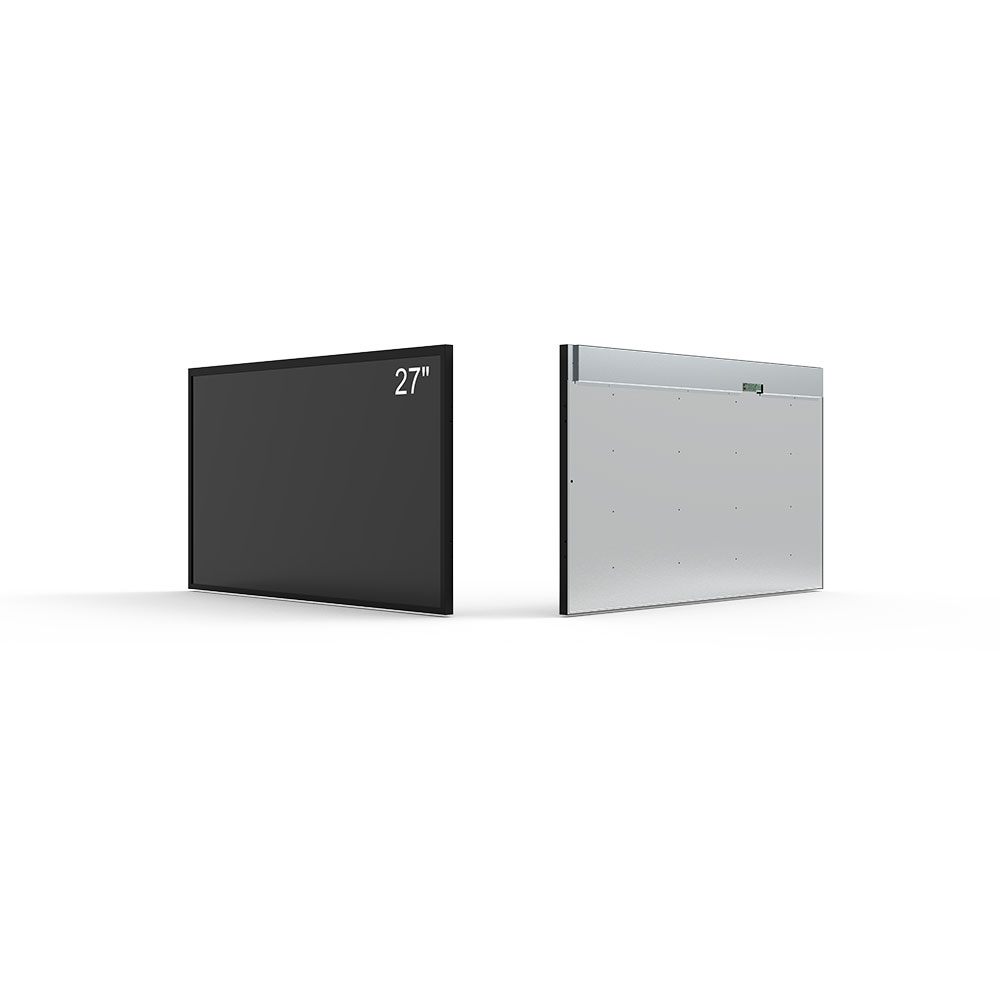- Home
- About Us
- Products
- News
- Video
- Contact
- Send Inquiry
Search
- Home
- About Us
- Products
- News
- Video
- Contact
- Send Inquiry

When selecting an outdoor high-brightness LCD screen, especially for applications like digital signage, public transportation displays, or retail kiosks, it's essential to prioritize both visibility under varying lighting conditions and long-term durability. Unlike indoor screens that operate in controlled environments, outdoor displays must withstand extreme temperatures, humidity, direct sunlight, UV radiation, and even physical impacts. According to a 2023 report by Grand View Research, the global outdoor digital signage market is projected to grow at a CAGR of 8.7% from 2023 to 2030, driven by demand in smart cities, advertising, and public information systems—underscoring the need for reliable, high-performance outdoor displays.
First, brightness is the most critical factor. For optimal performance in full sunlight, outdoor LCDs should offer at least 5,000 nits of brightness, with many commercial-grade models reaching up to 10,000 nits. This ensures content remains legible even under harsh sunlight, which can reach over 100,000 lux—a level far beyond typical indoor lighting (around 500 lux). The industry standard for outdoor visibility is typically measured using the ANSI/IEC 61000-4-3 standard, which evaluates electromagnetic compatibility and luminance stability. Screens rated for 7,000+ nits are ideal for locations such as urban plazas, airport terminals, or highway billboards.
Second, environmental sealing and rugged construction matter. Look for IP65 or higher ratings—this means the unit is protected against dust ingress (IP6X) and water jets (IPX5), making it suitable for rain, snow, or high-humidity climates. In colder regions, such as northern Europe or Canada, ensure the screen supports wide operating temperature ranges—typically -30°C to +60°C—to avoid thermal stress or component failure. A case study from LG Electronics in Oslo, Norway, showed that their IP65-rated outdoor LCDs maintained 98% operational uptime over three years in sub-zero conditions, demonstrating real-world reliability.

Third, power efficiency and thermal management are key to longevity. Many modern outdoor screens use LED-backlit panels with adaptive brightness control, reducing energy consumption while maintaining image quality. Efficient heat dissipation mechanisms—such as passive cooling via aluminum heatsinks or active cooling with fans—are vital for preventing overheating during summer months. According to a 2022 study published in IEEE Transactions on Consumer Electronics, proper thermal design can extend screen lifespan by up to 30%, especially in tropical or desert environments where ambient temperatures often exceed 40°C.

Finally, consider software integration and remote management. Advanced outdoor LCD systems now support cloud-based content management platforms like BrightSign, Xibo, or Samsung’s MagicInfo, allowing for dynamic scheduling, remote diagnostics, and real-time monitoring. These features reduce maintenance costs and improve ROI by enabling rapid content updates without onsite visits—a major advantage in large-scale deployments across cities or campuses.
In summary, choosing the right outdoor high-brightness LCD screen involves balancing technical specs (brightness, sealing, thermal performance), environmental resilience, and smart software capabilities. Whether deploying in a busy metro station in Tokyo or a remote highway rest stop in Arizona, a well-chosen display not only enhances communication but also delivers long-term cost savings through minimal downtime and reduced maintenance.